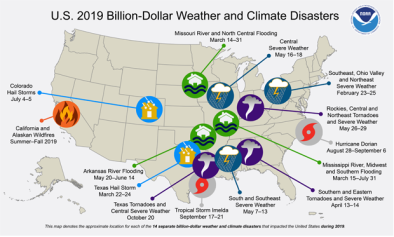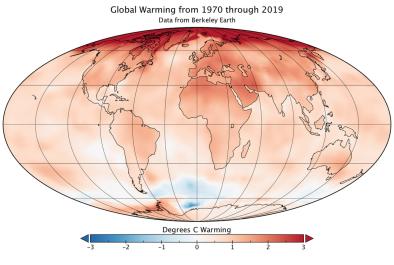Science Source
Attribution of the present‐day total greenhouse effect
- States that the relative contributions of atmospheric long‐wave absorbers to the present‐day global greenhouse effect are among the most misquoted statistics in public discussions of climate change
- States that much of the interest in these values is however due to an implicit assumption that these contributions are directly relevant for the question of climate sensitivity
- Reviews the existing literature and uses the Goddard Institute for Space Studies ModelE radiation module to provide an overview of the role of each absorber at the present‐day and under doubled CO2
- Finds that water vapor is the dominant contributor (∼50% of the effect), followed by clouds (∼25%) and then CO2 with ∼20%
- Finds that all other absorbers play only minor roles
- Finds that in a doubled CO2 scenario, this allocation is essentially unchanged, even though the magnitude of the total greenhouse effect is significantly larger than the initial radiative forcing, underscoring the importance of feedbacks from water vapor and clouds to climate sensitivity
Related Content
Headline

Jan 22, 2020 | Insurance Journal
Natural Disasters in Past Decade Broke Records for Economic, Insured Losses
Headline

Jan 14, 2020 | ClimateWatch Magazine
2010-2019: A landmark decade of U.S. billion-dollar weather and climate disasters
Science Source
| Nature Climate Change
Climate change now detectable from any single day of weather at global scale
Sebastian Sippel, Nicolai Meinshausen, Erich M. Fischer et al
Headline

Dec 5, 2019 | Washington Post
The simplest of climate models run decades ago accurately projected global warming


